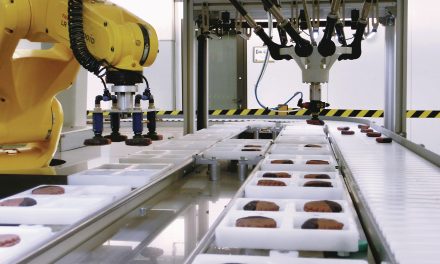 Analyst Andrew Orbinson, of IHS Inc. has looked into process safety systems that are in place in his research paper ‘The World Market for Process Safety Systems’.
Analyst Andrew Orbinson, of IHS Inc. has looked into process safety systems that are in place in his research paper ‘The World Market for Process Safety Systems’.
A key finding from a recent study on ‘The World Market for Process Safety Systems – 2013 Edition’ is that the global safety instrumented system (SIS) service market is set to surpass $1bn in revenues to become the largest market for process safety systems in 2015. SIS hardware was the largest market in 2012, accounting for 49% of total revenues. However, with a projected CAGR of almost 13% (between 2011 and 2017), the SIS services market is set to become the highest dollar value market; representing promising growth opportunities for automation vendors.
A primary growth driver of the process safety systems market is the increasing effort to meet the latest international safety standards (IEC 61508 and IEC 61511), following the revisions to IEC 61508 in 2010. The latest release of these standards has promoted investment in SIS worldwide, as end users attempt to comply.
Revisions to the standards have helped to increase the awareness of safety. The demand for services at each stage of the safety lifecycle is rising, from concept and scope definition to decommissioning and replacing the safety system. Many end users have begun to carry out assessments of their facilities, as a result of the revisions, to verify whether or not they comply, which alone has created an additional demand for services. End users are turning to their automation supplier or specialist service providers to support this, as often the required knowledge and expertise is not available in-house and third-party assessments can give greater credibility and confidence that standards have been met. Subsequent modifications required in order to comply further augment demand means multiple service elements must be carried out to implement a change to a safety system according to the standards.
In the foreseeable future, as global safety awareness, compliance with standards and the SIS installed base continue to grow, SIS service growth will remain higher than that of hardware and software.
It is unfortunate that disasters remain the largest driver of safety. In the aftermath of disasters, the industry responds in attempt to avoid a similar series of events that preceded the incident. In addition to the potential catastrophic impact on human life and the environment, damage to the corporate image is another risk associated with a safety-related incident. Large fines and a negatively perceived brand can severely constrain profitability, with possible consequences including governments enforcing restrictions on business operations, a disassociation of key business partners and a loss of customers that can have devastating effects on an end user. In extreme cases, criminal prosecution of CEOs is also a possible consequence. With so much at stake, increasingly corporations want to ensure that a systematic approach has been taken to manage safety. SIS services have become recognized as critical as part of this and are widely considered fundamental to implementing an effective SIS.
The industry continues to take positive steps towards operating safely. Standards are being updated more regularly and regulations are becoming more stringent. More importantly, more end users are actively following recommended guidelines that are aimed at reducing risk, and services will continue to grow in supporting this.



